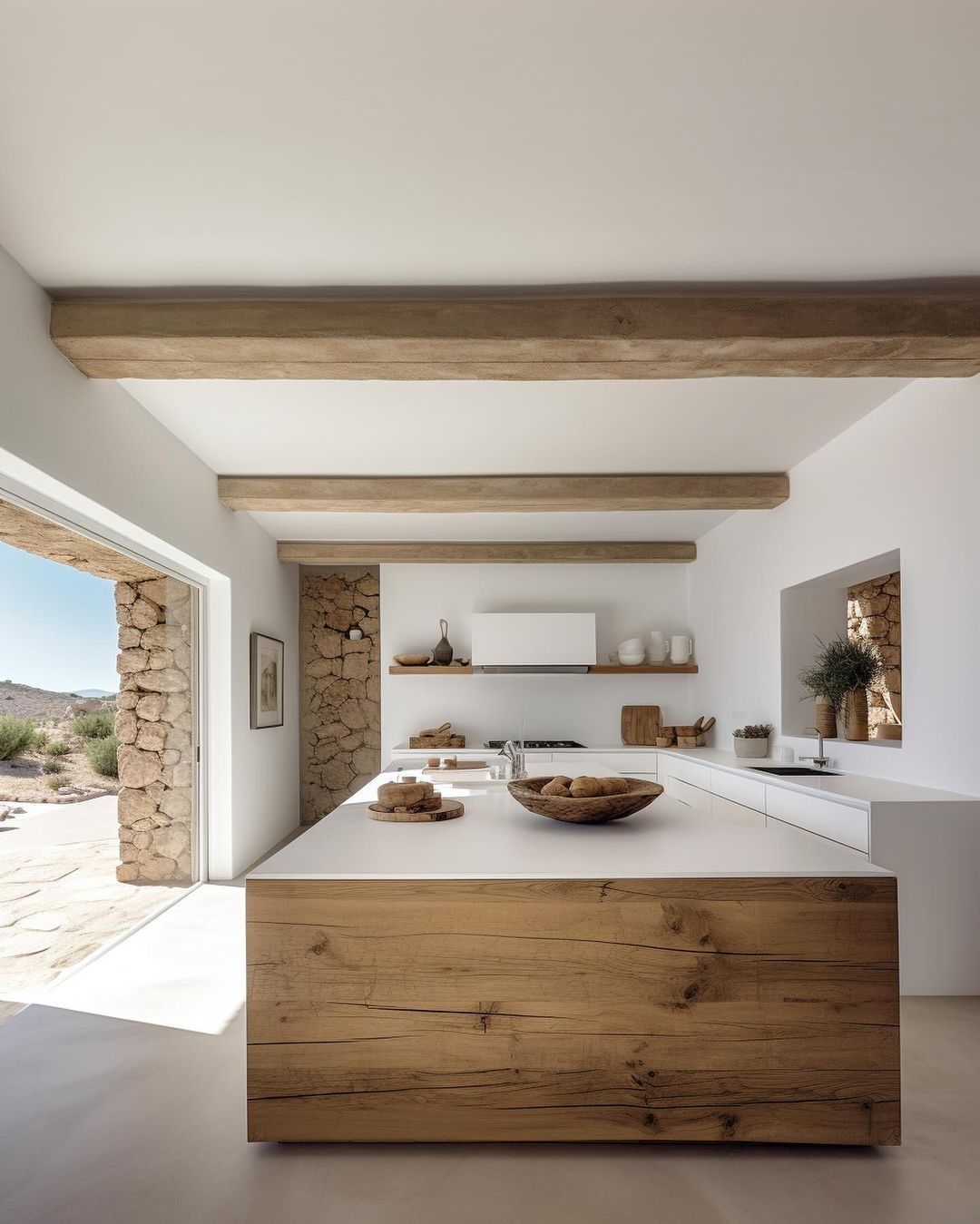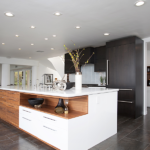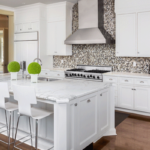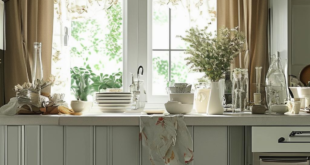Kitchen islands have become a popular feature in modern kitchen designs. Not only do they provide extra counter space and storage, but they also add aesthetic appeal to the kitchen. When it comes to designing a kitchen island, there are several factors to consider to ensure that it not only looks great but also functions well.
First and foremost, it’s important to consider the size of the kitchen and the amount of space available for the island. A good rule of thumb is to leave at least 3 feet of space around the island to allow for easy movement and traffic flow. If space is limited, a smaller, more compact island may be the best option.
Next, think about the shape of the island. While rectangular islands are traditional and versatile, there are many other shapes to consider, such as L-shaped, U-shaped, or even circular islands. The shape of the island should complement the overall layout of the kitchen and enhance its functionality.
Another important aspect to consider is the countertop material. There are many options available, including granite, quartz, marble, and butcher block. Each material has its own unique characteristics and benefits, so it’s important to choose one that fits your lifestyle and design aesthetic.
In terms of storage, kitchen islands can be equipped with cabinets, drawers, or open shelving. Consider your storage needs and how you plan to use the island when choosing the type of storage to include. Pull-out trash bins, spice racks, and wine racks are just a few of the many storage options that can be incorporated into a kitchen island design.
When it comes to seating, kitchen islands can serve as a great gathering spot for family and friends. Consider adding bar stools or chairs to create a casual dining area. This not only adds functionality to the island but also creates a cozy and inviting atmosphere in the kitchen.
Finally, don’t forget about the lighting. Proper lighting is essential in any kitchen design, and the island is no exception. Pendant lights, recessed lighting, or under-cabinet lighting can all be used to illuminate the island and create a warm and inviting ambiance.
In conclusion, designing a kitchen island requires careful consideration of size, shape, materials, storage, seating, and lighting. By taking all of these factors into account, you can create a functional and stylish kitchen island that enhances the overall look and functionality of your space. Whether you’re looking for extra workspace, storage, or a place to gather with loved ones, a well-designed kitchen island can add both practicality and style to your kitchen.
 Decorationg Interior Design
Decorationg Interior Design






















